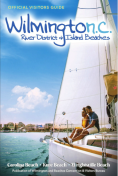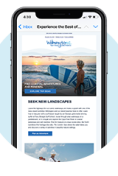Wilmington, NC Eco-Adventures
Discover renewal in a diverse ecosystem featuring coastal waterways, the Atlantic Ocean and Cape Fear River, as well as state and local parks teeming with wildlife. Explore uninhabited barrier islands, spot native Venus flytraps and uncover hidden gems found only at low tide.
Barrier Islands
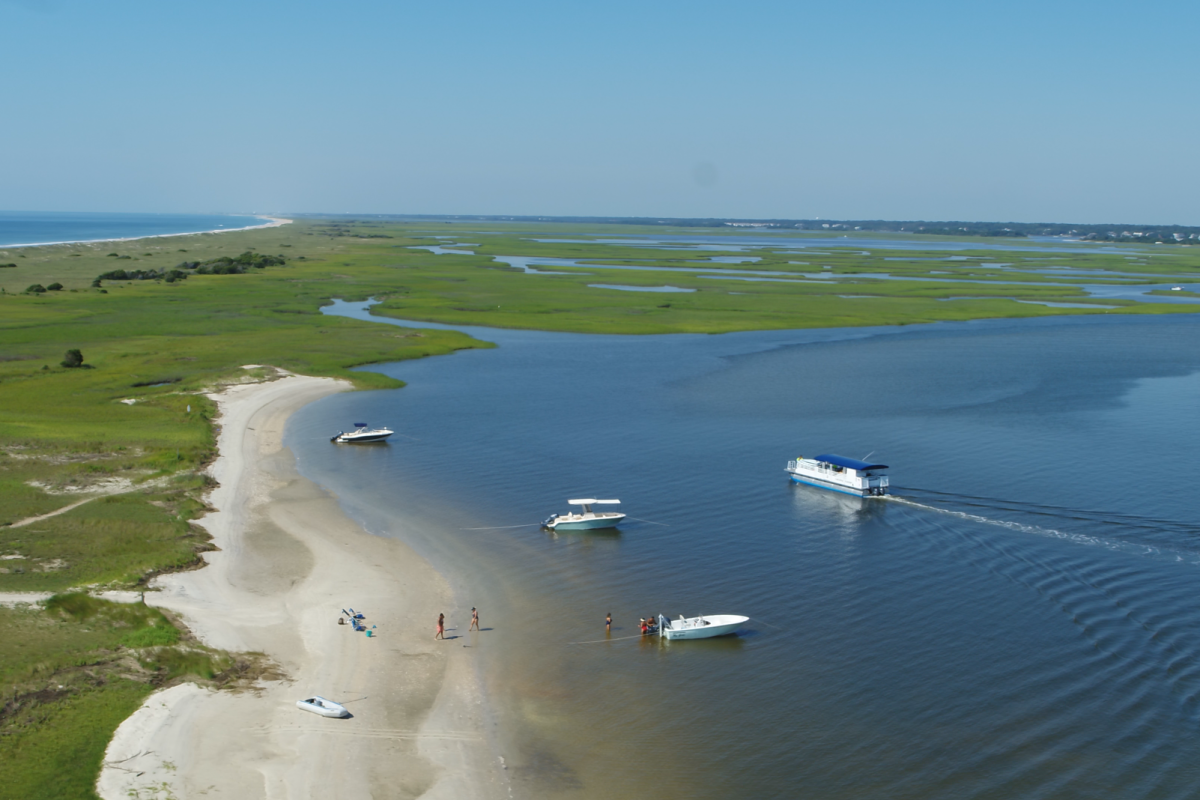
Masonboro Island
Accessible only by boat, visit Masonboro Island located near Wrightsville Beach. This North Carolina Coastal Reserve and National Estuarine Research Reserve System is rich with wildlife, including coastal birds, sea turtles and dolphins. Embark on tours and cruises through local outfitters, such as Epic Excursions and Wrightsville Beach Scenic Tours, to explore the largest undisturbed barrier island along southern North Carolina’s coast.
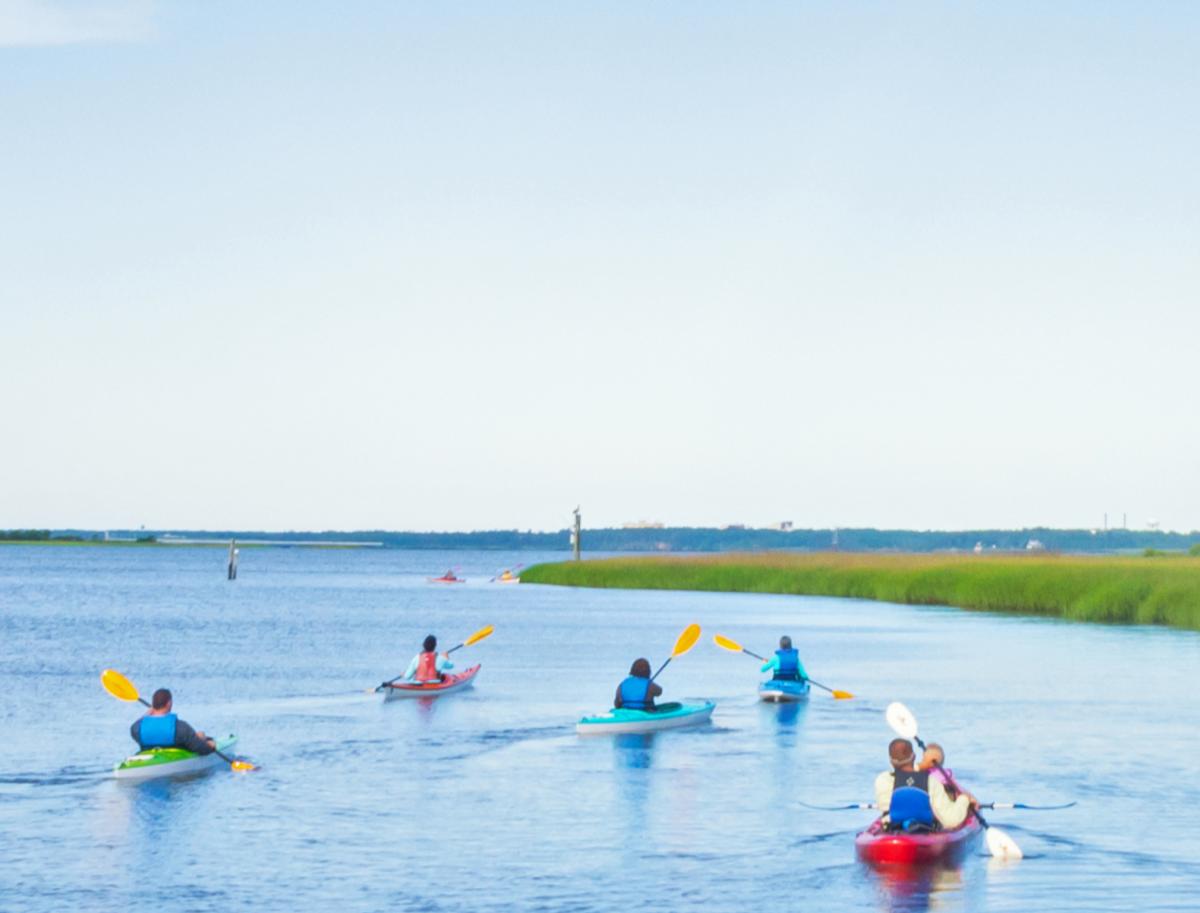
Zeke's Island Reserve
Explore pristine Zeke's Island, an important shorebird habitat home to tidal flats, salt marshes, dunes and beaches. In addition to serving as a site for long-term research and education, Zeke’s Island offers prime birdwatching. Keep your eyes peeled for dunlin, black-bellied plover, white ibis and more. Located on the Cape Fear River Basin, access the island with a boat rental or through a guided eco-tour or kayak rental from Kayak Carolina, paddling out at the public wildlife ramp. Once there, traverse to the barrier-spit portion of the Reserve and explore the North Island, the largest and most ecologically diverse of the three islands, and enjoy walking trails overlooking the Reserve site.
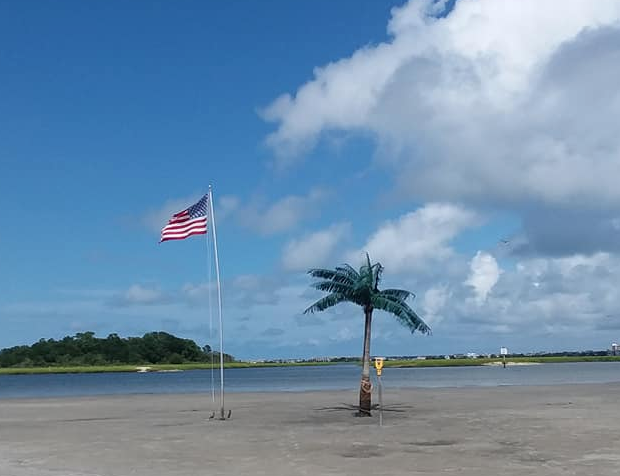
The Diminishing Republic
Crossing the iconic drawbridge from the mainland to Wrightsville Beach, look towards the northeast and see a sandbar known by locals as “The Diminishing Republic” or “Palm Tree Island.” Complete with a fake palm tree and a parking meter, the island is said to be maintained by a secret society of locals who show up when the treetop needs replacing. Boaters often anchor there on either side of the low tide to temporarily inhabit the island, which slowly disappears as the water begins rising toward high tide. The treetop is the only visible part of “The Diminishing Republic” at high tide. See if you can spot it!
Maritime Trails
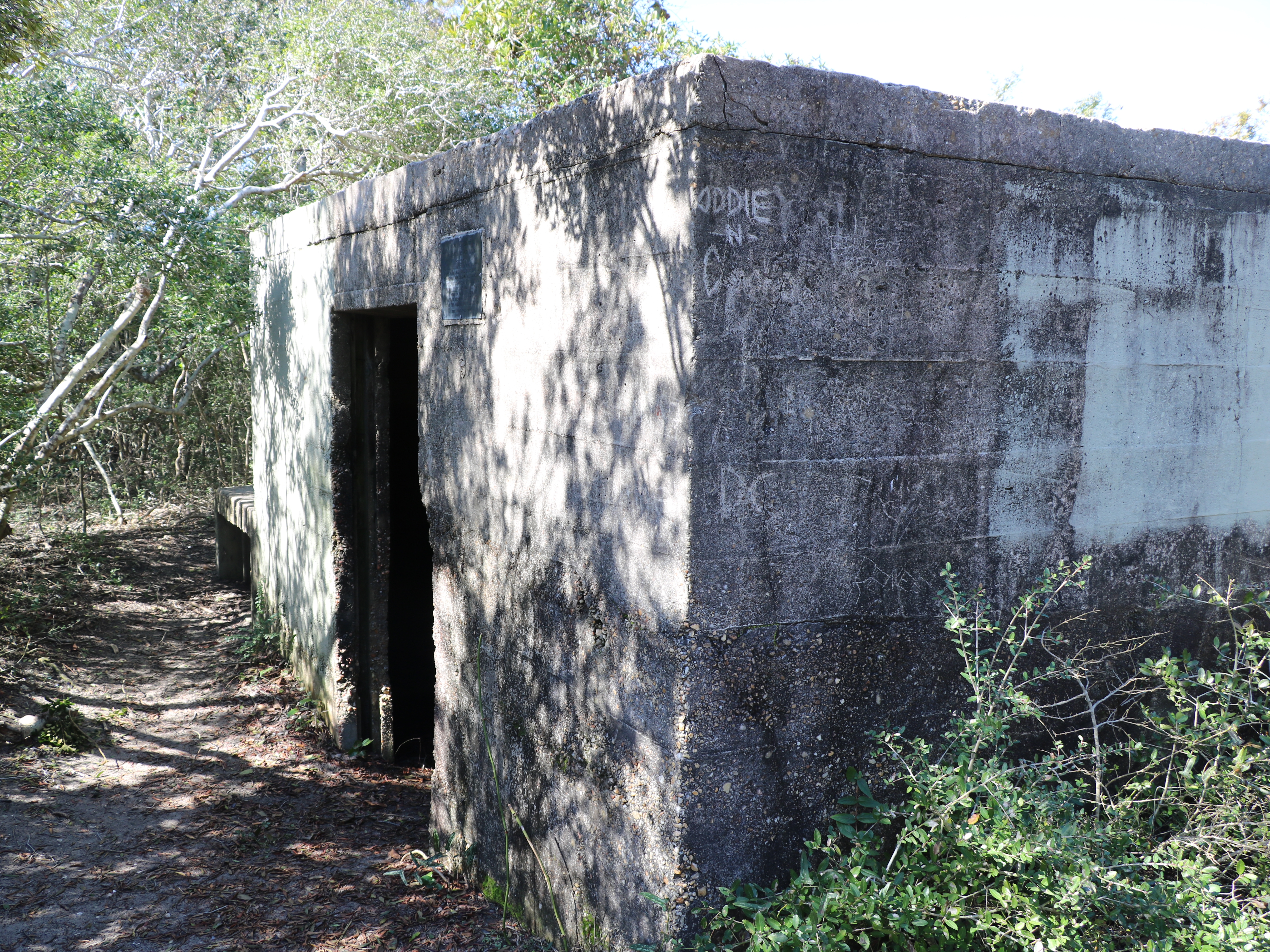
Hermit Bunker
Fort Fisher State Recreation Area’s legendary hermit, Robert E. Harrill, lived in an abandoned WWII-era bunker near the Cape Fear River along a salt marsh from 1955 to 1972. Harrill attracted visitors who sought to listen to his philosophies and wisdom during his stay there. Today, hike along the state park’s 1.1-mile Basin Trail to view the bunker he made into a home. The Fort Fisher Hermit has been the subject of numerous documentaries and articles, and even a live stage production.
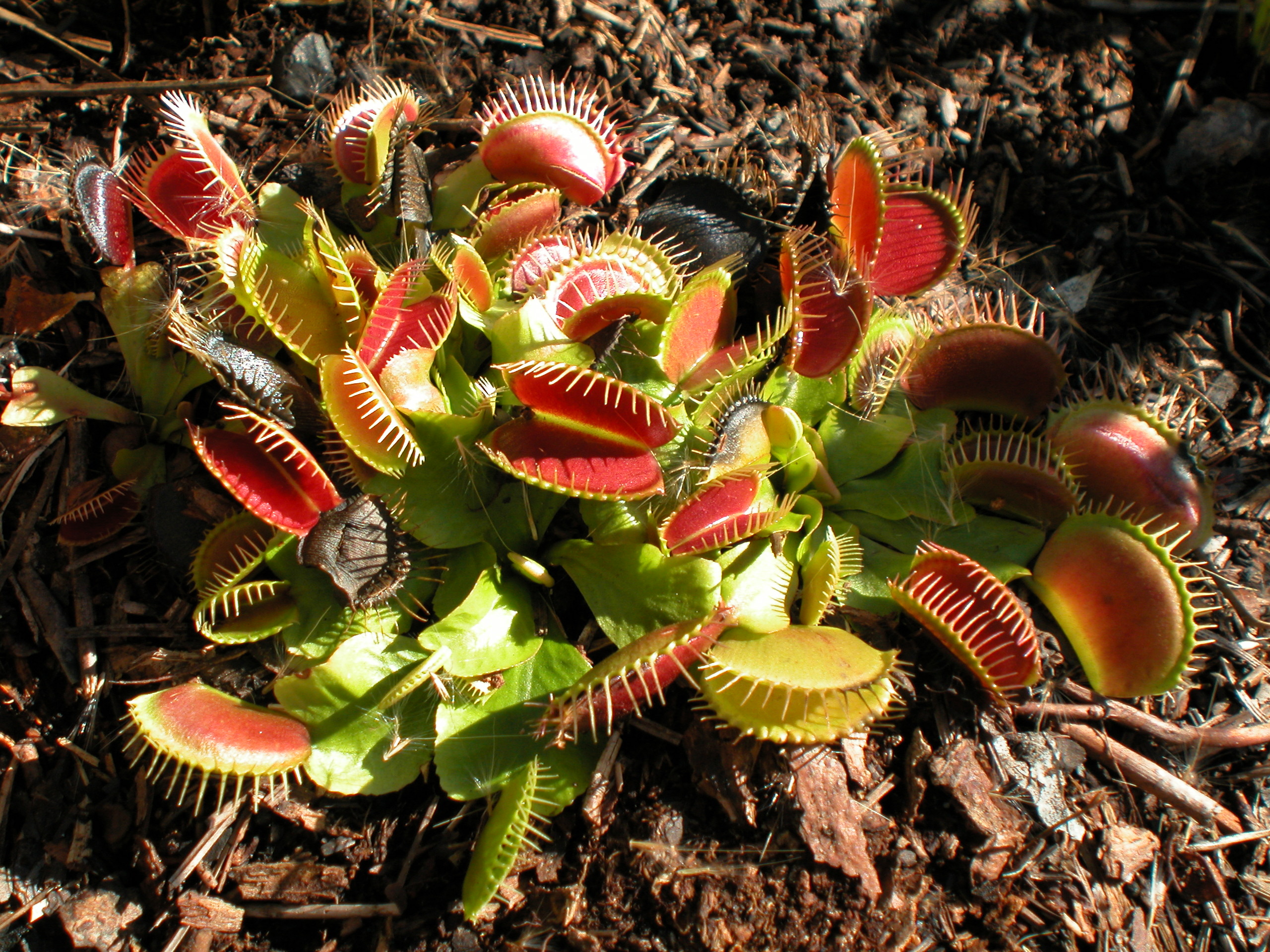
Venus Flytraps
Did you know the Venus flytrap (Dionaea) grows natively only within a 60-mile radius of Wilmington? Blooming in May, this remarkable plant entraps unsuspecting insects by closing its bristly leaves. See this remarkable plant at Carolina Beach State Park by visiting the bog garden behind the visitors center or hiking the Venus Flytrap Trail, a half-mile loop that features other indigenous carnivorous plants, such as the Bladderwort and Pitcher Plant. The state park’s rangers lead free guided carnivorous plant hikes on Saturdays from spring through fall; check the schedule as you plan ahead. For even more Venus flytraps, visit the public Stanley Rehder Carnivorous Plant Garden and find additional locations here.
Coastal Wildlife & Beach Gems
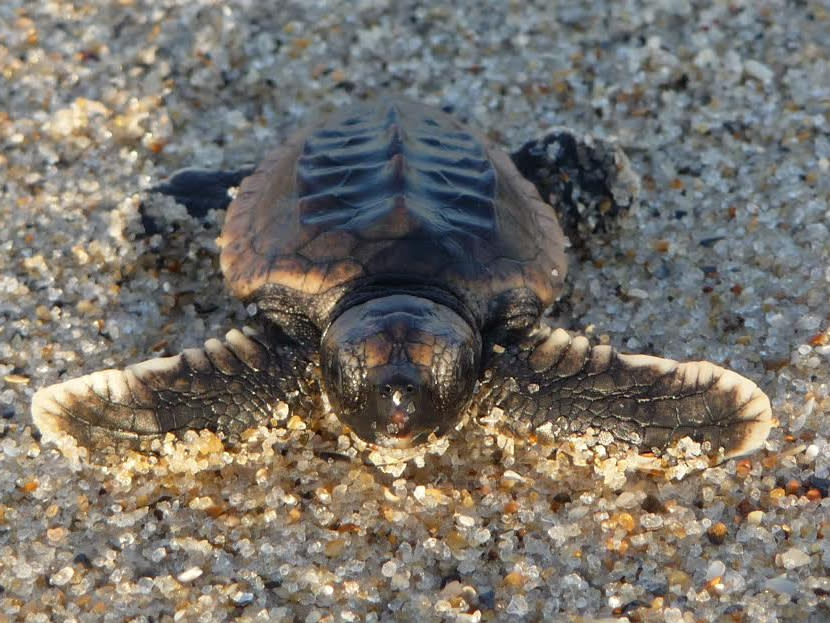
Loggerhead Sea Turtles
Did you know Loggerhead sea turtles visit Kure Beach between mid-May and September? Learn more about this protected species as you observe sea turtle hatchlings at the award-winning North Carolina Aquarium at Fort Fisher. Each year, the aquarium nurtures a handful of hatchlings that have been rescued from doomed nests and releases them the following year. The volunteer-led Pleasure Island Sea Turtle Project is dedicated to the protection and preservation of threatened and endangered sea turtles. During nesting season, volunteers monitor from the southern end of Kure Beach to the northern end (including Freeman Park) of Carolina Beach.
North Carolina Birding Trail
Peruse 11 sites on the North Carolina Birding Trail across Wilmington and its three island beaches, including Airlie Gardens, Oakdale Cemetery, Fort Fisher State Historic Site, Fort Fisher State Recreation Area, Zeke’s Island Reserve and more. The area’s unique geographic setting along the Atlantic coast flyway provides both breeding and wintering grounds for many birds, creating a premier birding destination.
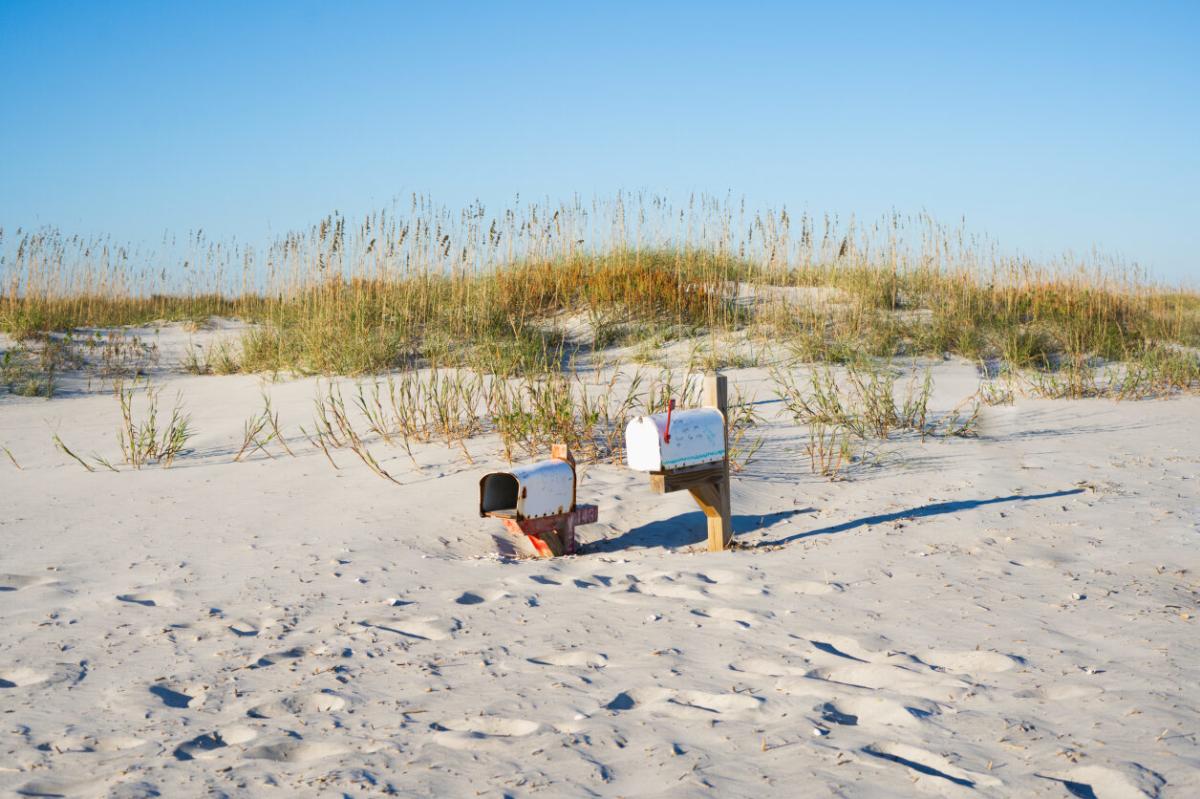
Mailbox on the Beach
In the sand on the north end of Wrightsville Beach, find a special mailbox where people pour their hearts out. Visitors write letters to clear their conscience and place them in a mailbox for safe keeping. The mysterious mailbox somehow stays stocked with paper, pens and stories from visitors sharing their fondest beach memories year after year.
River Exploration
Eco-River Tours
Gain a new perspective of the history and ecology of our waterways and the area surrounding the Cape Fear River with Wilmington Water Tours. Cruise by historic downtown during an Eagles Island Cruise as you learn about flora and fauna, as well as local rice plantations. Book Wilmington Water Tours’ Black River Cruise to learn about the variety of wildflowers, wildlife and spectacular cypress trees along the meandering river. Cape Fear River Boats invites visitors aboard the 4-hour Black River Nature Cruise to hear about the swamp forest’s plants and wildlife from a local coastal ecologist. Enjoy a customizable paddling eco-excursion on Wilmington’s tranquil, slow-moving Black River with Mahanaim Adventures.
Wilmington Riverwalk
Stroll along the Riverwalk to explore part of the Cape Fear Estuary, an important ecological system filled with coastal wildlife. Learn more from signage displayed along the 1.75-mile meandering path. Bring your binoculars to spot species like the American Alligator, River Otter, Snowy Egret and manatees, among others.
You Might Also Like...
Hidden Gems
Relax in quiet gardens, uncover ecological wonders and head behind-the-scenes.
Explore NowParks & Gardens
Follow the path to picturesque Southern gardens, urban lakes and family-friendly parks.
Opt OutdoorsNature Trails
Bike from the river to the sea or hike a state park trail through salt marshes and coastal forests.
Get Moving